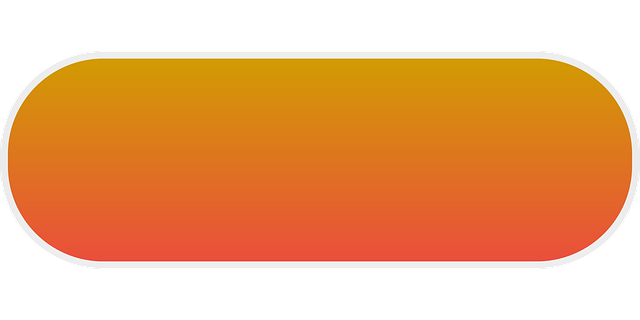AI Kitchen-to-Table Timing Monitors, powered by computer vision, are transforming restaurant operations by optimizing dish preparation and service times. These intelligent systems analyze visual data in real-time, predicting wait times, managing inventory, and enhancing customer satisfaction with accurate progress updates. Beyond restaurants, AI's impact extends to retail, healthcare, and manufacturing, streamlining workflows and facilitating informed decisions through advanced visual data analysis. Future advancements in machine learning and IoT integration promise even more precise predictions and enhanced quality control for various industries relying on visual data interpretation.
“Discover the transformative power of Artificial Intelligence (AI) in computer vision and its profound impact on business operations. This article explores how AI technology, particularly AI kitchen-to-table timing monitors, is revolutionizing food service industries. From enhancing efficiency to improving customer experiences, computer vision applications offer unprecedented insights. We delve into the implementation strategies, benefits, and future prospects of AI integration, highlighting how businesses can leverage this innovative tool to stay ahead in today’s competitive market.”
- Understanding AI Computer Vision and Its Business Applications
- AI Kitchen-to-Table Timing Monitors: Revolutionizing Food Service
- Implementation, Benefits, and Future Prospects of AI in Computer Vision for Businesses
Understanding AI Computer Vision and Its Business Applications

Artificial Intelligence (AI) Computer Vision is a revolutionary technology that enables machines to interpret and analyze visual data from images and videos, much like humans do. It involves training algorithms to recognize patterns, objects, and scenes, leading to a multitude of applications across industries. In business settings, AI Computer Vision is transforming operations by offering precise insights and automated processes.
One compelling example is its use in AI kitchen-to-table timing monitors for restaurants. By leveraging computer vision, these systems can track the preparation and serving times of dishes, ensuring accurate and efficient service. This technology optimizes kitchen operations, reduces wait times, and enhances overall customer satisfaction. Its applications extend beyond restaurants, with potential uses in retail, healthcare, manufacturing, and more, where visual data analysis can streamline workflows and make informed decisions.
AI Kitchen-to-Table Timing Monitors: Revolutionizing Food Service

AI Kitchen-to-Table Timing Monitors are transforming the food service industry by optimizing every step of the dining experience. These intelligent systems leverage computer vision to monitor and manage tasks from kitchen preparation to table service, ensuring efficient operations and enhanced customer satisfaction. By analyzing visual data in real-time, AI monitors can track dish readiness, predict wait times, and automate inventory management, allowing restaurants to deliver food with precise timing.
This technology goes beyond simple efficiency; it creates a seamless experience for diners. Customers appreciate reduced waiting times and accurate estimates of their meal’s progress. Moreover, the data collected by these AI monitors provides valuable insights into menu performance and kitchen workflow, enabling restaurateurs to make data-driven decisions that drive business growth and maintain high standards of service.
Implementation, Benefits, and Future Prospects of AI in Computer Vision for Businesses

The implementation of AI in computer vision is transforming businesses across various sectors, offering unprecedented benefits and opening new avenues for growth. One notable application is the use of AI kitchen-to-table timing monitors, which optimize food service operations by accurately predicting dish preparation times. This technology enhances customer satisfaction by ensuring timely orders, improves staff efficiency through data-driven insights, and reduces costs associated with overstaffing or delayed services.
Looking ahead, the future prospects of AI in computer vision are promising. Advanced machine learning algorithms can continue to refine predictive models, allowing for even more precise timing estimates. Integration with Internet of Things (IoT) devices enables real-time monitoring and adaptive management of workflows. Furthermore, AI can augment quality control processes by identifying defects or inconsistencies in food preparation, ensuring only the highest standards of hygiene and taste. This evolution promises to revolutionize not just food service but many other industries that rely on visual data analysis.
AI computer vision applications, particularly AI kitchen-to-table timing monitors, are transforming businesses by enhancing efficiency and customer satisfaction. These innovative tools streamline operations in food service industries, offering precise timing data to optimize menu management and resource allocation. As technology advances, the implementation of AI in computer vision is expected to grow, presenting exciting future prospects for businesses to enhance their strategies and stay competitive in the market.
